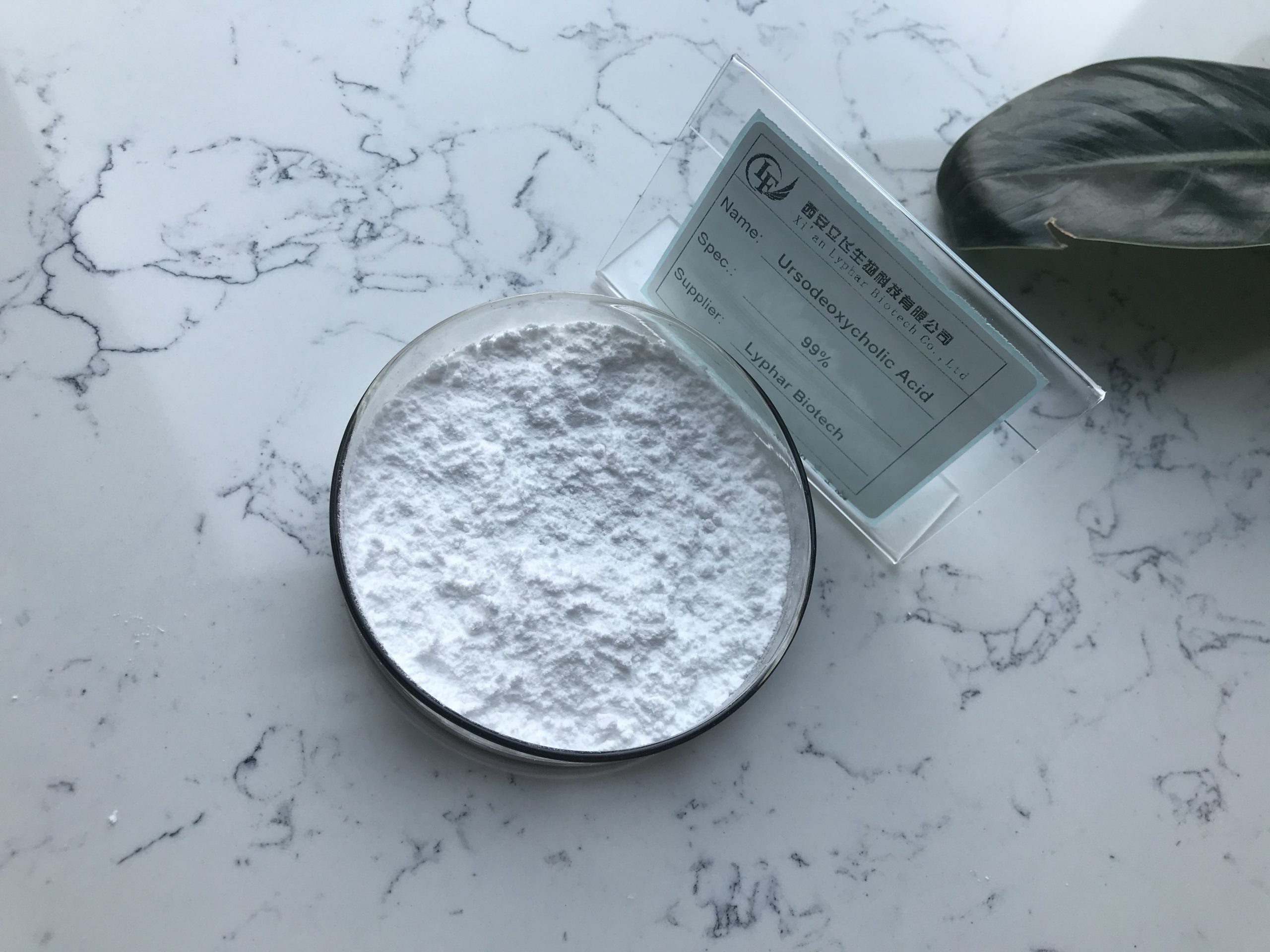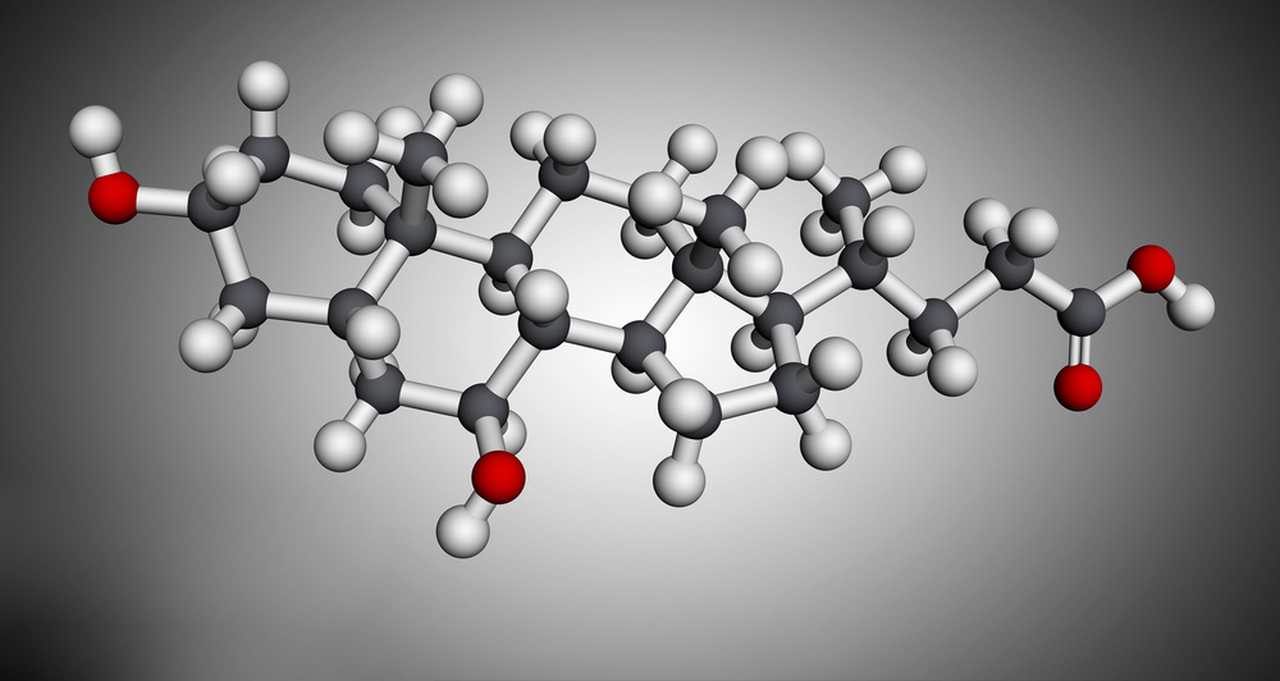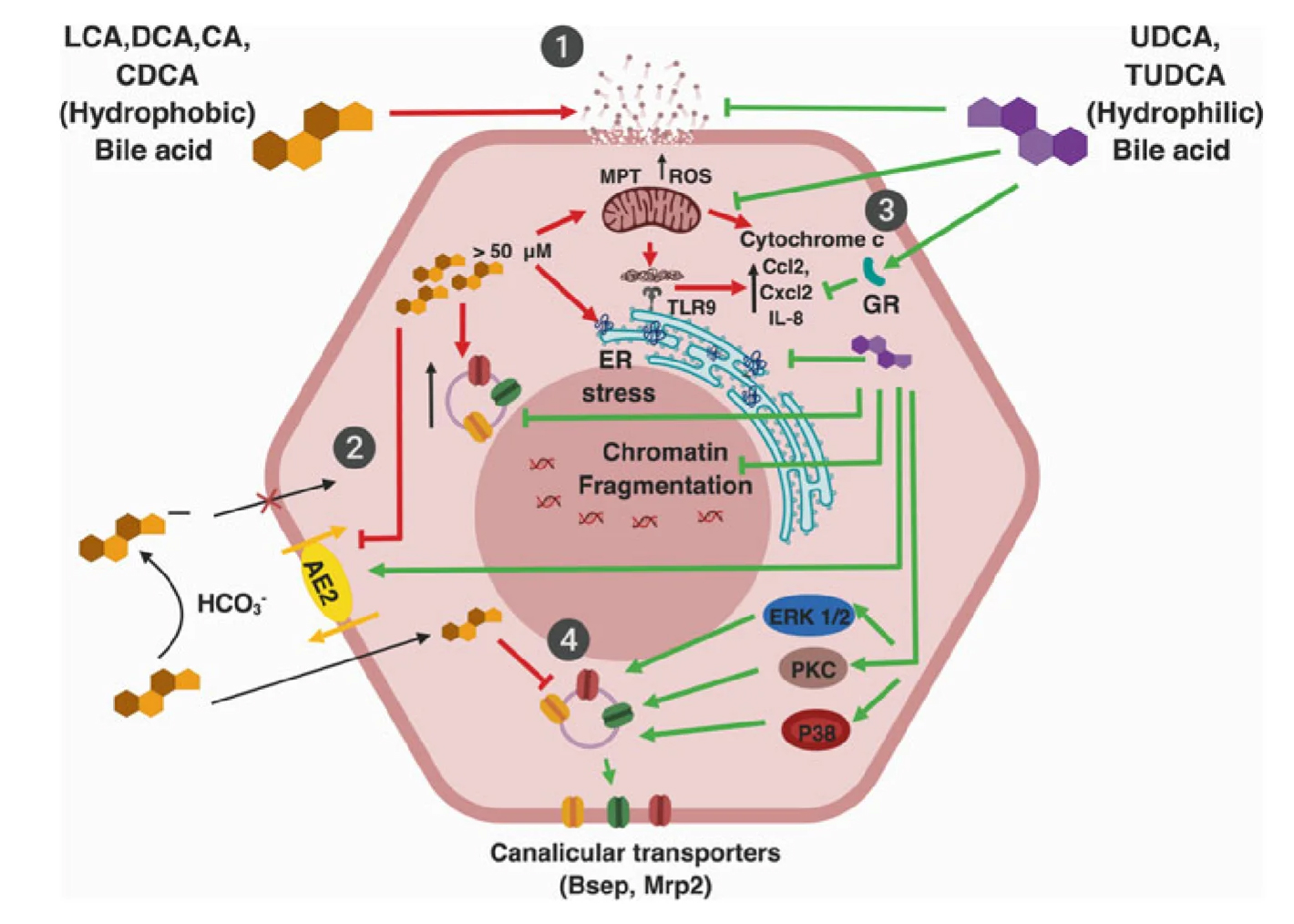UDCA (Ursodeoxycholic Acid) is a bile acid used for the treatment of liver and gallbladder diseases, including primary biliary cholangitis (PBC) and gallstone dissolution. Below is a breakdown of its materials and methods, often used in pharmaceutical or research settings:
Materials of UDCA
1. Chemical Reagents
- Ursodeoxycholic Acid (UDCA)
- Solvents (e.g., ethanol, methanol, water)
- Buffers (e.g., phosphate buffer, hydrochloric acid)
- Surfactants (if used in formulations)

2. Equipment & Instruments
- High-Performance Liquid Chromatography (HPLC) (for purity testing)
- UV-Vis Spectrophotometer (for concentration analysis)
- Centrifuge (for sample processing)
- pH Meter (for solution preparation)
- Magnetic Stirrer (for mixing solutions)
- Analytical Balance (for precise weighing of materials)
3. Biological Samples (if applicable)
- Liver cells (for in-vitro studies)
- Bile samples (for metabolism studies)
- Human or animal models (for pharmacokinetics studies)
Methods of UDCA
1. UDCA Extraction & Purification (if derived from natural sources)
- Extracted from bile or synthesized chemically.
- Purified using chromatography techniques.

2. Formulation (for pharmaceutical applications)
- UDCA is formulated into tablets, capsules, or suspensions.
- Excipients (e.g., lactose, starch) are mixed for stability.
- Granulation and compression techniques are used.
3. Solubility & Stability Testing
- Solubility is tested in water and different pH buffers.
- Stability is assessed under various temperature and humidity conditions.
4. Pharmacokinetics & Bioavailability Studies
- In-vitro dissolution studies using simulated gastric fluids.
- In-vivo testing on animal or human models to determine absorption, metabolism, and excretion.

5. Quality Control & Analysis
- HPLC is used to check purity.
- UV-Vis spectrophotometry measures concentration.
- pH and viscosity measurements for liquid formulations.
Would you like more details on a specific part of the process?
